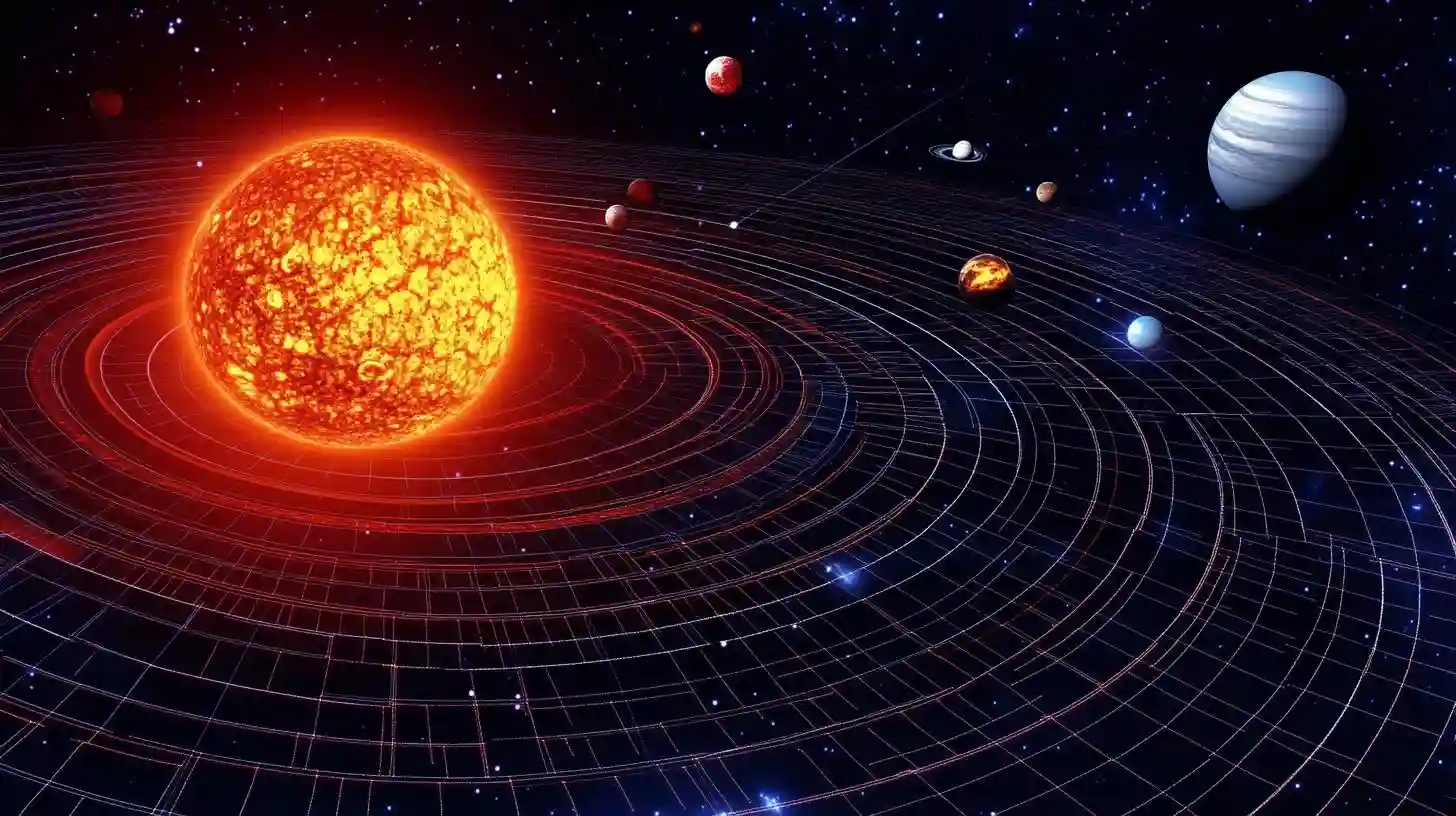
Knowledgetrovehq

The quest to understand the origins of our solar system has captivated scientists and astronomers for centuries. Among the myriad theories that have emerged over time, the nebular hypothesis remains one of the most widely accepted explanations for the formation of the sun and its surrounding planets. Proposed as early as the seventeenth century by thinkers like René Descartes and later refined by Immanuel Kant and Pierre-Simon Laplace, this hypothesis paints a compelling picture of how celestial bodies coalesced from a primordial cloud of gas and dust.
At the heart of the nebular hypothesis is the idea that our solar system originated from a vast rotating cloud of gas and dust, referred to as the solar nebula. This nebula comprised mainly hydrogen and helium, with trace amounts of heavier elements. Through processes likely initiated by external forces, such as shock waves from nearby supernovae or the gravitational pull from other stellar bodies, this cloud began to contract under its own gravity. As the nebula collapsed, it spun faster, leading to the formation of a flattened disk shape. This disk structure is fundamental to understanding how planets and other celestial objects formed, as it provided the necessary environment for matter to accumulate and organize.
Within this spinning disk, material began to condense in the center, eventually forming the sun. As the density increased in this central region, nuclear fusion ignited, producing massive amounts of energy and effectively marking the birth of our solar system's star. Simultaneously, other regions of the disk exhibited varying conditions, which became critical in the formation of the planets. The temperature gradient present in the disk allowed for different materials to condense at different distances from the sun. Closer to the sun, high temperatures meant that only materials with high melting points, like metals and silicates, could solidify. This region is where the terrestrial planets, including Mercury, Venus, Earth, and Mars, took shape.
Further out from the sun, the cooler conditions permitted the formation of gas giants. In these frigid realms, volatile compounds and lighter gases could condense, leading to the formation of massive planets like Jupiter and Saturn. These gas giants were able to capture and hold onto substantial amounts of gas due to their significant gravitational pull, which was influenced by their large cores formed from solid materials. Beyond the gas giants lie the icy bodies of the outer solar system, including the ice giants Neptune and Uranus, and further still, the many comets and Kuiper Belt objects that populate the distant reaches of our solar system.
As planets formed, they underwent a process of differentiation, where denser materials sank toward their cores while lighter materials floated to their surfaces. This process laid the groundwork for the diverse characteristics we see today among the planets. The collision of smaller bodies in this formative stage contributed to planetary evolution, as impacts would have introduced energy and perhaps even organic materials to the infant planets.
The nebular hypothesis not only explains the physical formation of solar system bodies but also provides insight into the distribution of mass and the arrangement of planets. It accounts for various key observations, such as the movement of planets in nearly circular orbits and their alignment along the same plane, which reflects the original angular momentum of the solar nebula. Such uniformity suggests a fundamental order to the processes that shaped our solar system.
Recent advancements in observational technology and space exploration have offered further validation of the nebular hypothesis. Telescopes equipped with infrared capabilities, such as the Hubble Space Telescope and its successors, have allowed astronomers to observe protoplanetary disks around distant stars, showcasing the same processes suggested by the nebular hypothesis in our own solar system. These observations lend credence to the idea that the mechanisms governing planetary formation are not unique to our solar system but are rather a universal phenomenon.
While the nebular hypothesis remains a cornerstone of planetary formation theory, scientists continue to explore its nuances and implications. Research into factors such as the role of magnetic fields, turbulence within the solar nebula, and interactions between forming bodies contributes to a more refined understanding of the processes involved. Each discovery helps to unravel the complexities of how our solar neighborhood came to be, shedding light on the broader questions of where we fit into the cosmos and how other solar systems might evolve.
The journey of understanding the origins of our solar system through the lens of the nebular hypothesis is an ongoing exploration, interweaving disciplines of astrophysics, cosmology, and planetary science. Each piece of new information enhances our knowledge, inviting us to expand our curiosity about the universe that surrounds us and the remarkable forces that shaped our home among the stars.